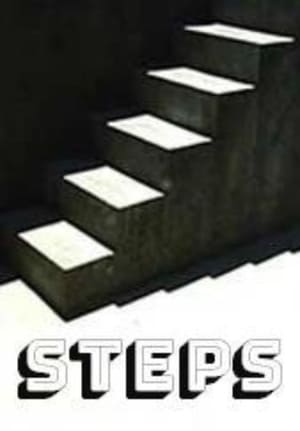
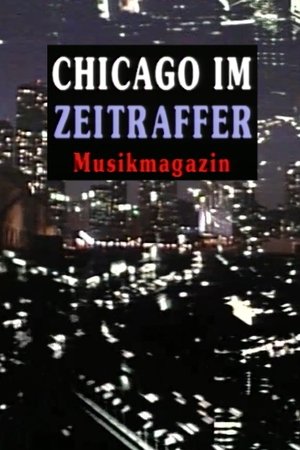
Chicago in Time Lapse(1996)
"At the beginning of the 19th century there is no Chicago. There was a fort that was set on fire by Indians shortly thereafter. Later, the turbulent expansion of a settlement began, which became a center for the immigrant workforce, traditional industry, slaughterhouses, and, in 1941, armaments for war. The Windy City on Lake Michigan is the fastest changing city in the world. This 35mm Arriflex film time-lapse footage is annotated with classic techno cuts and information about the tunnels under Chicago, the slaughterhouses, organized crime, Sears & Roebuck catalogs and other peculiarities of this strange city."
Movie: Chicago in Time Lapse

Chicago Im Zeitraffer
HomePage
Overview
"At the beginning of the 19th century there is no Chicago. There was a fort that was set on fire by Indians shortly thereafter. Later, the turbulent expansion of a settlement began, which became a center for the immigrant workforce, traditional industry, slaughterhouses, and, in 1941, armaments for war. The Windy City on Lake Michigan is the fastest changing city in the world. This 35mm Arriflex film time-lapse footage is annotated with classic techno cuts and information about the tunnels under Chicago, the slaughterhouses, organized crime, Sears & Roebuck catalogs and other peculiarities of this strange city."
Release Date
1996-01-01
Average
0
Rating:
0.0 startsTagline
Genres
Languages:
EnglishDeutschKeywords
Similar Movies
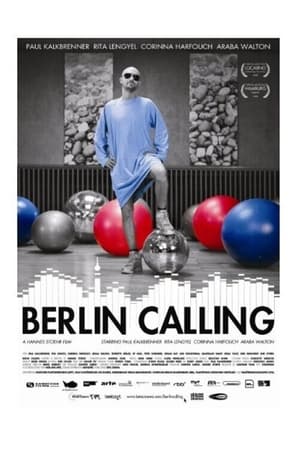 6.9
6.9Berlin Calling(de)
A man tours clubs around the globe with his manager and girlfriend. On the eve of their largest album release he is admitted to a psychiatric clinic after overdosing at a gig.
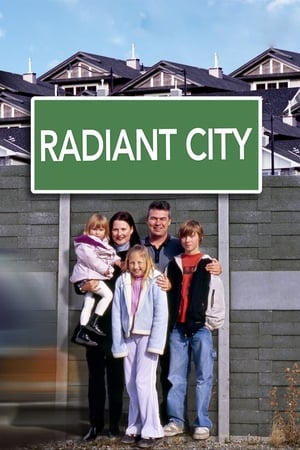 6.3
6.3Radiant City(en)
Since the end of World War II, one of kind of urban residential development has dominate how cities in North America have grown, the suburbs. In these artificial neighborhoods, there is a sense of careless sprawl in an car dominated culture that ineffectually tries to create the more organically grown older communities. Interspersed with the comments of various experts about the nature of suburbia
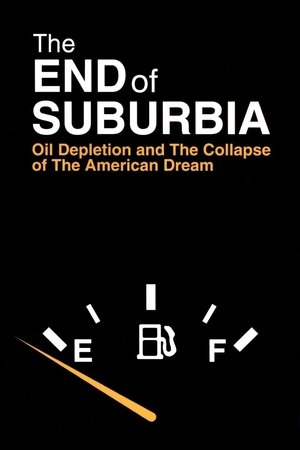 7.2
7.2The End of Suburbia: Oil Depletion and the Collapse of the American Dream(en)
Since World War II North Americans have invested much of their newfound wealth in suburbia. It has promised a sense of space, affordability, family life and upward mobility. As the population of suburban sprawl has exploded in the past 50 years Suburbia, and all it promises, has become the American Dream. But as we enter the 21st century, serious questions are beginning to emerge...
 0.0
0.0Once Faithful(en)
Days slip away in a former baptist church haunted by its past
 8.0
8.0Love Parade: When Love Learned to Dance(de)
At the end of the Cold War, something new arised that should influence an entire generation and express their attitude to life. It started with an idea in the underground subculture of Berlin shortly before the fall of the Wall. With the motto "Peace, Joy, Pancakes", Club DJ Dr. Motte and companions launched the first Love Parade. A procession registered as political demonstration with only 150 colorfully dressed people dancing to house and techno. What started out small developed over the years into the largest party on the planet with visitors from all over the world. In 1999, 1.5 million people took part. With the help of interviews with important organizers and contemporary witnesses, the documentary reflects the history of the Love Parade, but also illuminates the dark side of how commerce and money business increasingly destroyed the real spirit, long before the emigration to other cities and the Love Parade disaster of Duisburg in 2010, which caused an era to end in deep grief.
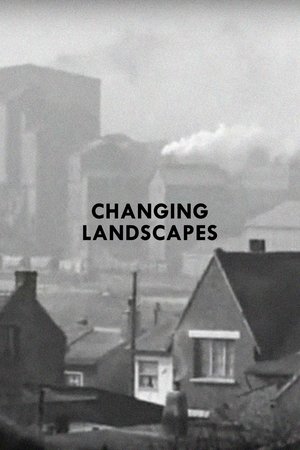 7.4
7.4Changing Landscapes(fr)
A sophisticated and beautifully constructed account of landscape change in and around Paris in the early 1960s. The film raises complex issues about the meaning and experience of modern landscapes and the enigmatic characteristics of features such as canals, pylons and deserted factories. Rohmer also explores the role of landscape within different traditions of modern art and design and refers to specific architects, artists and engineers.
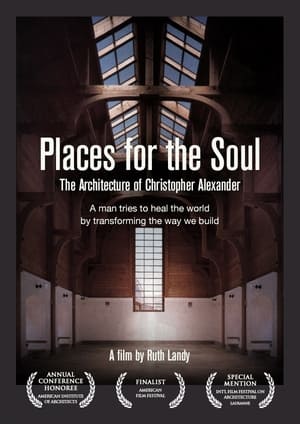 0.0
0.0Places for the Soul(en)
An intimate portrait of Christopher Alexander, a critic of modern architecture on a lifelong quest to build harmonious, livable places in today’s world. The film tells the story of two projects – a spectacular high school in Japan and an innovative homeless shelter in California. For Alexander, feelings come first, users are deeply engaged and process is paramount. We discover what happens when an architect’s unconventional method collides with standard practices in his profession.
 8.7
8.7Timelapse of the Future: A Journey to the End of Time(en)
How's it all gonna end? This experience takes us on a journey to the end of time, trillions of years into the future, to discover what the fate of our planet and our universe may ultimately be. We start in 2019 and travel exponentially through time, witnessing the future of Earth, the death of the sun, the end of all stars, proton decay, zombie galaxies, possible future civilizations, exploding black holes, the effects of dark energy, alternate universes, the final fate of the cosmos - to name a few.
Synergy: Visions of Vibe(en)
This comprehensive documentary chronicles the underground rave culture in Southern California, one of its first American strongholds. With roots in a tribal past, this movement attempts to format the future of a truly global community by combining elements of electronic/percussive music, the psychedelic imagination, and mass dancing. From warehouses to mountain retreats to the deserts of the Mojave, an unseen world comes into clear focus; with kinetic camera work and candid interviews, this slice of visual anthropology probes the underbelly of a worldwide subculture with the help of some of electronic music's most acclaimed DJs, a technomusicologist, and a county sheriff. Open your mind to this moving entertainment experience and intimate portrait of a modern counter-culture that follows its own electronically induced beat.
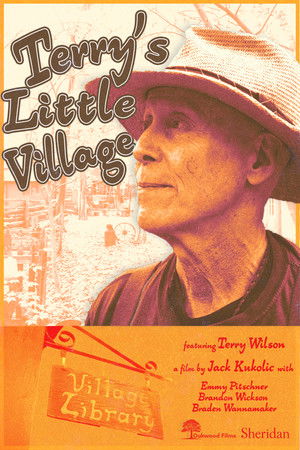 0.0
0.0Terry's Little Village(en)
Terry Wilson is a 70-year-old lifelong resident of Meadowvale Village, Ontario's first heritage district. As development looms and begins to destroy Terry's favourite place in the world, he recreates pieces of history in his backyard, crafting an oasis where it feels like nothing has changed. A beautiful tribute to his childhood, his mother, and his town, Terry passionately fights to preserve history in a world that's too anxious for change.
 0.0
0.0Spring(en)
This is a companion piece to the Fall time-lapse. Intended to be the polar opposite of the first one. Not just the Fall vs Spring. But wide shots vs close ups, everything in focus vs shallow depth of field, very cutty vs one shot, contemporary music vs classical, static camera vs moving camera.
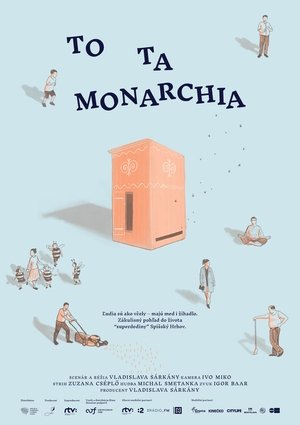 0.0
0.0King Bee(sk)
King Bee is a time-lapse documentary/comedy about contemporary society and times. The collective portrait of the people of Spišský Hrhov – a Slovak village featured in the New York Times – strives to find answers to whether or not ideal community life is still attainable. In the 21st century, our society emphasises the importance of individual self-realisation, thus forgetting about our interdependence. Are we just going to bitterly, yet with admiration, watch the prosperous bee kingdom?
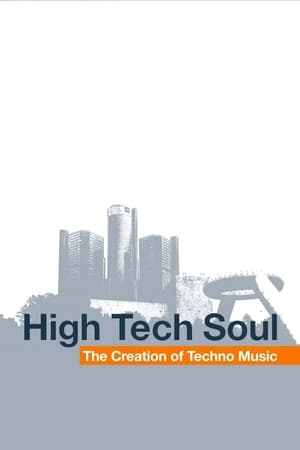 6.1
6.1High Tech Soul: The Creation of Techno Music(en)
HIGH TECH SOUL is the first documentary to tackle the deep roots of techno music alongside the cultural history of Detroit, its birthplace. From the race riots of 1967 to the underground party scene of the late 1980s, Detroit's economic downturn didn't stop the invention of a new kind of music that brought international attention to its producers and their hometown.
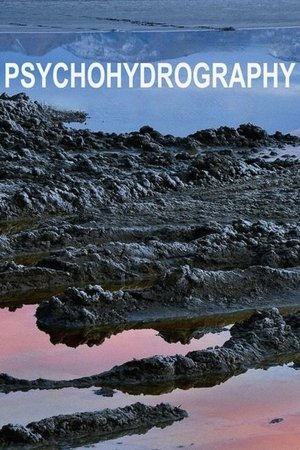 6.8
6.8Psychohydrography(en)
An analysis of the flow of water from mountain to aqueduct, city to sea. Shot at and around the Eastern Sierra Nevada, Owens Valley, Los Angeles Aqueduct, Los Angeles River and Pacific Ocean.
 0.0
0.0Free Party: A Folk History(en)
The film follows the inception of the movement, a meeting between ravers and the new age travellers during Thatcher's last days in power, and the explosive years that followed, leading up the infamous Castlemorton free festival in 1992 - the largest ever illegal rave, which provoked the drastic change of the laws of trespass with the notorious introduction of the Criminal Justice Act in 1994.
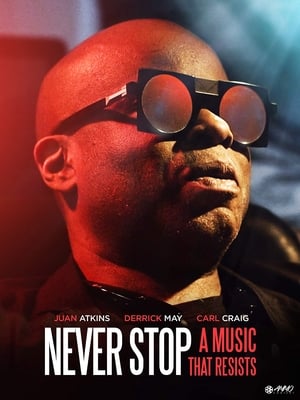 5.5
5.5Never Stop: A Music That Resists(en)
Featuring the pioneers of techno music Juan Atkins, Derrick May, Carl Craig, and Jeff Mills, Never Stop takes us into the fascinating universe of techno labels in Detroit. This film highlights the deep roots of the creation, more than thirty years ago, by each of the African-American pioneers of techno music, of their own record labels.
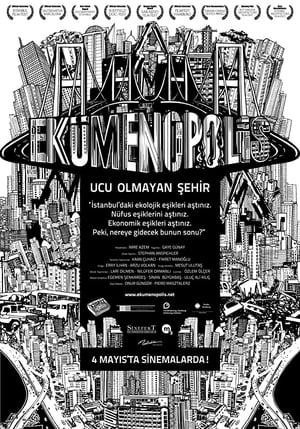 7.4
7.4Ecumenopolis: City Without Limits(tr)
Ecumenopolis: City Without Limits" tells the story of Istanbul and other Mega-Cities on a neo-liberal course to destruction. It follows the story of a migrant family from the demolition of their neighborhood to their on-going struggle for housing rights. The film takes a look at the city on a macro level and through the eyes of experts, going from the tops of mushrooming skyscrapers to the depths of the railway tunnel under the Bosphorous strait; from the historic neighborhoods in the south to the forests in the north; from isolated islands of poverty to the villas of the rich. It's an Istanbul going from 15 million to 30 million. It's an Istanbul going from 2 million cars to 8 million. It's the Istanbul of the future that will soon engulf the entire region. It's an Istanbul nobody has ever seen before.


